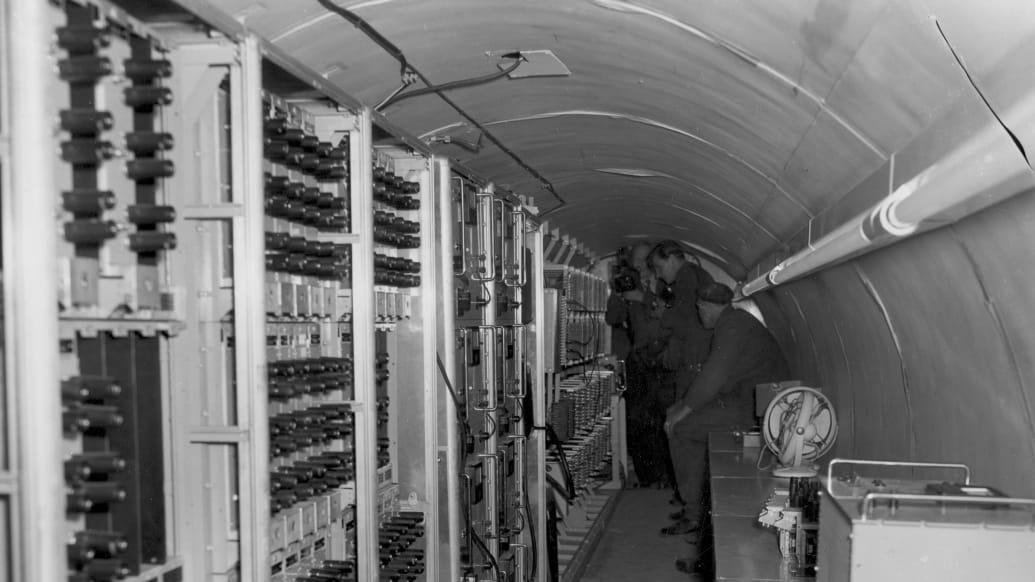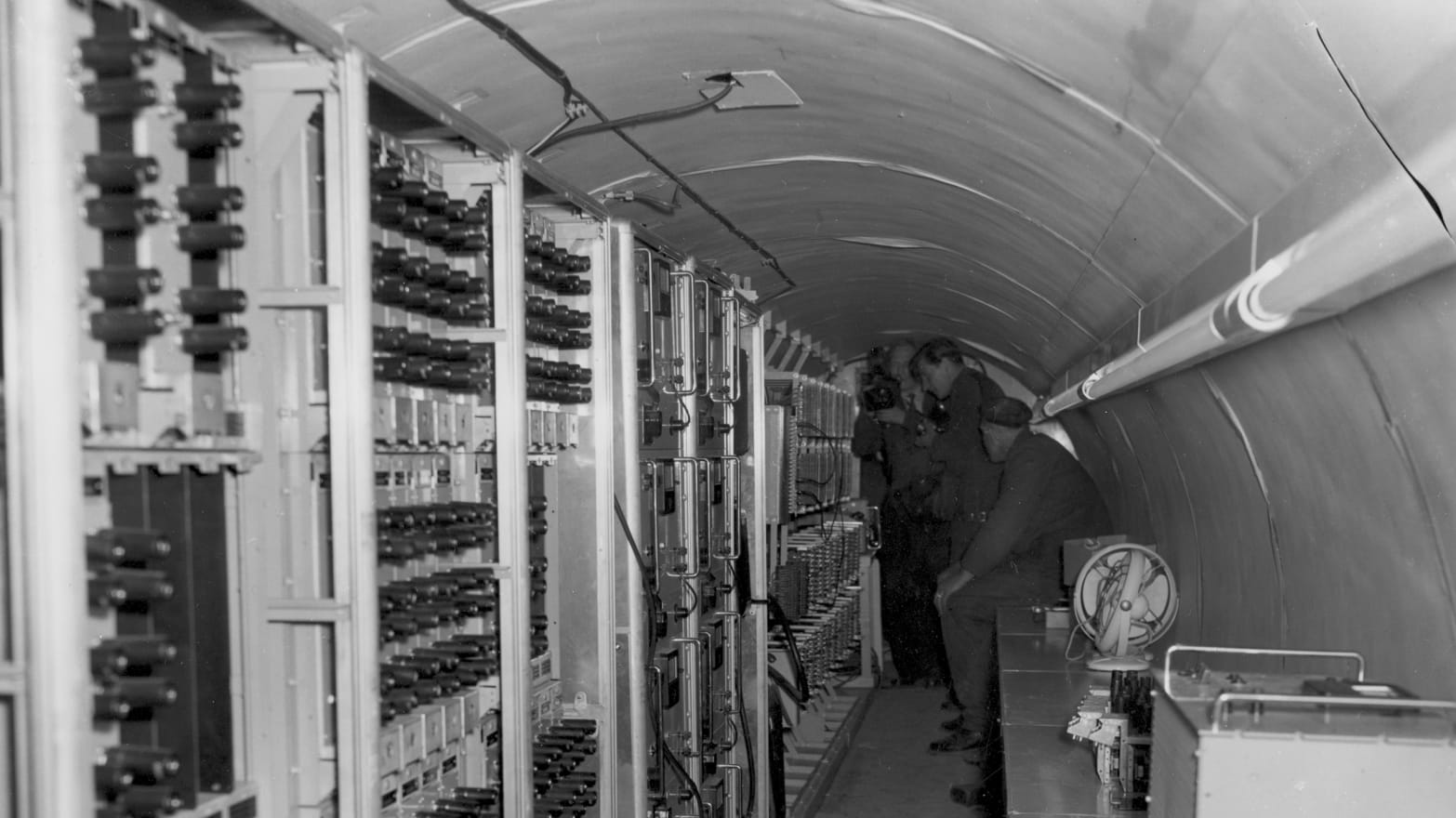The National Security Agency isn’t the only intelligence group that has collected data on Americans and hidden the truth from the public. The FBI and CIA engaged in the same strategy following World War II. In each instance, the government bent the law or secretly enacted dubious legislation to make the snooping appear legal.

Soon after World War II ended, the Department of State recognized that there was a huge, untapped pool of Eastern European refugees. Harnessing them to fight the communists they hated was the brainchild of Frank Wisner, a former Wall Street lawyer turned Office of Strategic Services spy and the State Department’s expert on European war refugees. In a secret February 1948 policy paper, Wisner and his study group recommended that the National Security Council sanction the “systematic” use of such refugees. The NSC took Wisner’s advice.
Two years later, on March 3, 1950, the council issued a top-secret intelligence directive (NSCID No. 14) authorizing both the FBI and the CIA to find and jointly exploit the knowledge, experience, and talents of the approximately 200,000 Eastern European refugees living in the United States, as well as the hundreds of thousands still trapped in displaced-persons camps in Europe.
The NSC, FBI, and CIA fully understood at least one of the legal implications of NSCID No. 14. There were bound to be Nazi collaborators among the targeted Eastern Europeans: Einsatzgruppen volunteers who helped the SS round up and kill Jews and Gypsies, Waffen SS brigade volunteers, ethnic-cleansing militia guerrillas, and members of pro-Nazi fascist groups like the Romanian Iron Guard and the Croatian Ustasha. To avoid future embarrassment or legal challenges, the NSC charged the Justice Department with finding ways within and around the law to recruit and protect its new Cold War army.
The question the intelligence community faced in 1950 was how to find the most reliable and experienced Eastern European recruits it needed. There were no emails, satellites, or electronic files. And at the time many American families didn’t even have telephones.
Shielded by NSCID No. 14, intelligence operatives began asking U.S. ethnic and religious refugee organizations in the United States and Europe for the names and addresses of the Eastern Europeans they were helping. But government agents met strong resistance from the directors of these organizations. The directors felt that the information the government wanted was confidential. Releasing it would be an unwarranted invasion of privacy or illegal snooping. And helping government operatives could expose vulnerable refugees to intimidation, threat, and blackmail.
The CIA played a trump card. It asked the Displaced Persons Commission, which worked closely with the leaders of these refugee organizations both in the United States and Europe, to help calm the fears. That the CIA turned to the DPC for help was no accident. One of the three members of the commission was Edward O’Connor, who also sat on the NSC’s psychology and strategy board. The board’s job was to approve Cold War covert actions that depended on Eastern European volunteers.
DPC chairman Ugo Carusi agreed to apply pressure. In a December 21, 1950, memorandum sent to all U.S. refugee organizations, Carusi wrote: “We would like to advise that the U.S. Commission [DPC] has a formal agreement with the CIA to cooperate in every possible way to facilitate their programs. It is, therefore, altogether desirable that local representatives of the voluntary agencies and State Commissions and Committees make available to fully identified CIA agents the addresses of displaced persons.”
Whether Carusi issued a similar memorandum to the directors of U.S. displaced-persons camps in Europe is currently unknown.
With the blessing of the DPC, the FBI and the CIA approached refugee organizations with different agendas. Bureau Director J. Edgar Hoover wanted to find and cultivate Eastern Europeans with deep roots in their U.S. ethnic communities as well as contacts in their homelands. His plan was to use them to help identify communists and to alert the bureau about potential terrorist plots against America.
The CIA had broader, more ambitious plans. By 1952 the CIA’s office of clandestine services under Wisner was running hundreds of covert projects simultaneously. Among them was a guerrilla army, trained, armed, and ready to fight the Soviet Union when the time came; teams of Eastern European special-forces assassins and saboteurs; Eastern European propagandists for CIA-controlled radio broadcasts; and spy nets in every communist-bloc country.
Most of the government documents authorizing the use of refugee organizations to help intelligence agencies recruit informants, spies, assassins, saboteurs, propagandists, and guerrilla fighters remained secret until the ’90s, when they were declassified. Some still remain secret after more than 60 years. And many of the documents have either been lost or deliberately destroyed so that the full truth will never be known.
